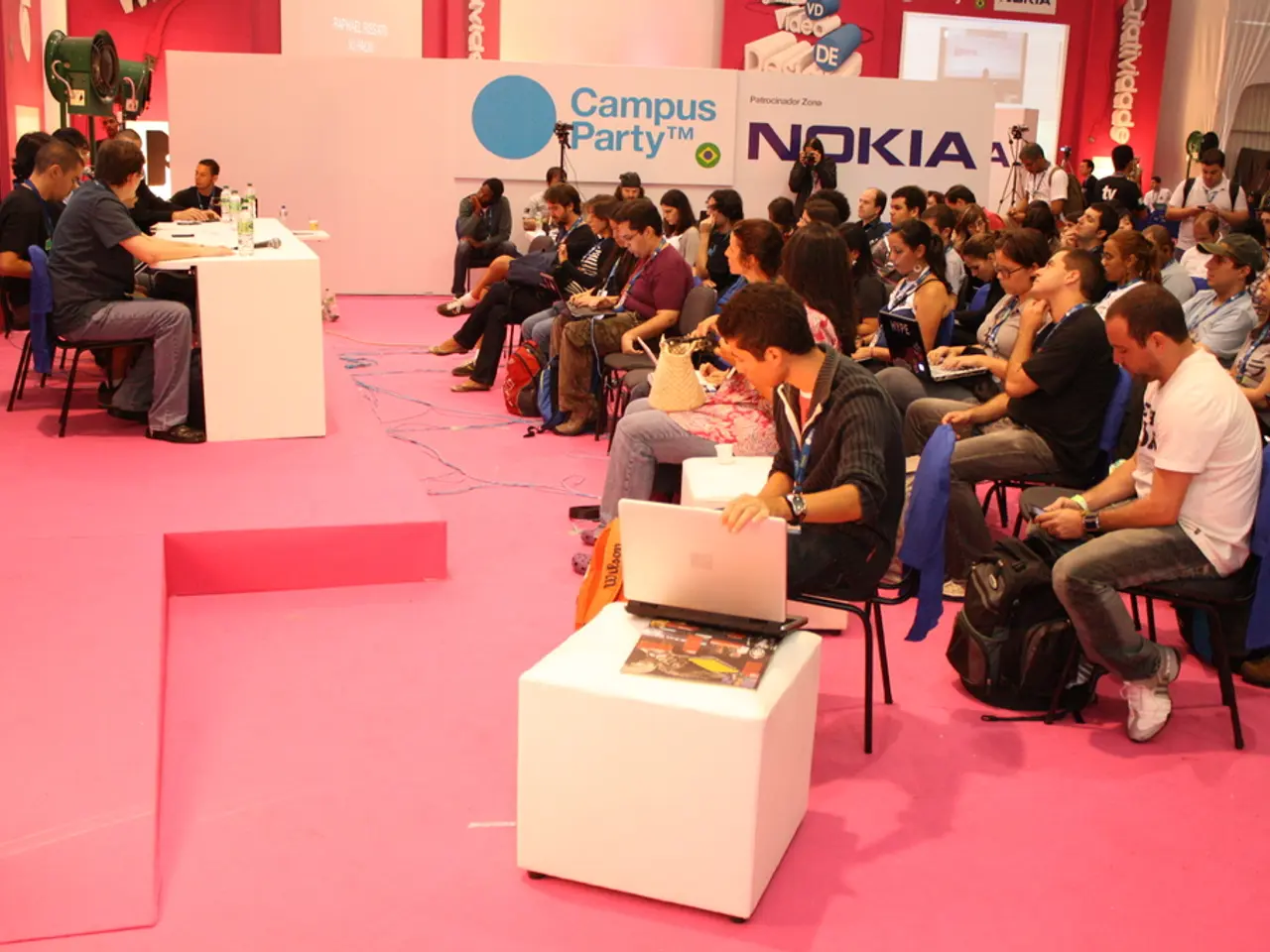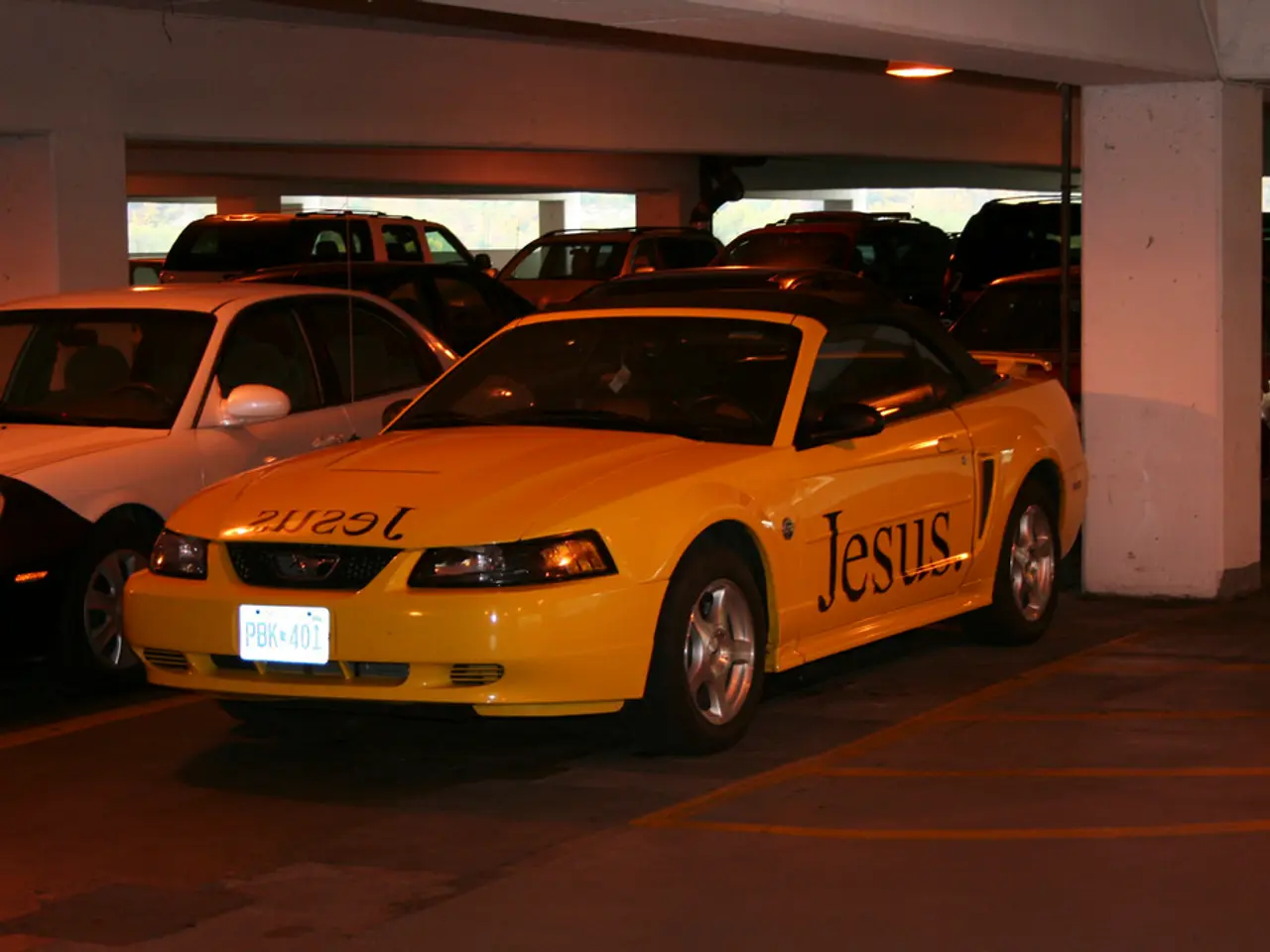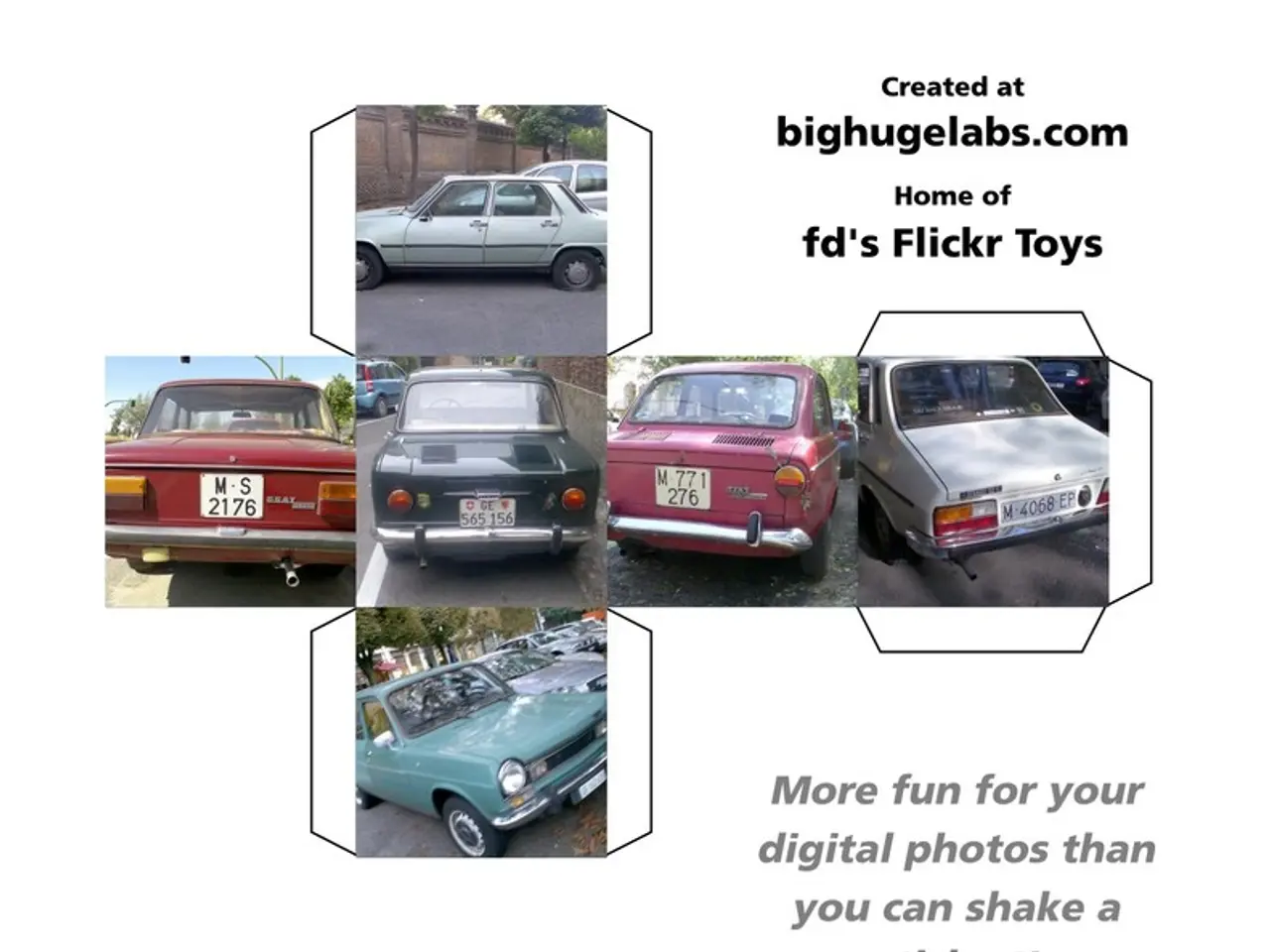Unavoidable Realities for Backers of eVTOL Shares in Joby and Archer Aviation
With the soaring stocks of Joby Aviation and Archer Aviation, electric vertical takeoff and landing (eVTOL) vehicles might seem like the next big thing. Both companies have seen success recently due to a meme-stock frenzy and positive advances in regulations and partnerships.
The rising stock prices have caught investor attention, and both Joby and Archer aim to commercialize their emission-free, eVTOL vehicles this year. The tech-savvy airborne vehicles, similar to silent, emission-free helicopters, have secured contracts with airlines, automakers, and others. Their primary focus is operating an aerial ride-sharing service, transporting passengers for quick, short-haul flights within a city.
However, before envisioning a city skyline cloaked in futuristic electric drones, there's a pressing problem to tackle.
The vertiport conundrum
The primary advantage eVTOL operators like Joby and Archer claim over traditional ride-sharing services like Uber and Lyft is speed. For instance, these air taxis can reduce a 60-90-minute car trip in traffic down to a 10-20-minute flight.
This speed advantage sounds promising, but there's a logistical hurdle investors tend to overlook. These vehicles require vertiports – high-density city center landings and takeoffs – to operate efficiently. The challenge lies in securing these strategic sites, and ensuring the time passengers spend reaching and leaving the vertiports is factored into any comparison.
In high-density urban centers, putting eVTOL vertiports within walking distance of passengers is a significant challenge, since it would require building a massive network of vertiports. Provide passengers with vertiport access within walking distance, and they'll need to take taxis to reach the air taxi service – putting eVTOLs at a disadvantage in terms of convenience compared to ground-based ride-sharing services like Uber and Lyft.
The plan for vertiports is still unclear, with Archer aiming to establish five in the San Francisco Bay Area. But that's only a small piece of the pie for a large metro area, leaving plenty of use cases unaddressed. The timing factor also complicates matters, as eVTOLs won't be able to compete with the rapid, on-demand nature of ground-based ride-sharing services.
Scaling up presents risks
The challenge of constructing a full network of vertiports is risky, requiring proof of concept and demand before moving forward. Add to that the current high prices of Archer's Midnight eVTOLs, which top $5 million, making them 100 times more expensive than traditional ride-sharing cars.
The high cost of eVTOLs poses an additional challenge. To be price-competitive with ground-based options like Uber or Lyft, eVTOL rides would need to be far cheaper – a task made even more difficult when factoring in insurance, maintenance, and regulatory compliance.
The projections made by Morgan Stanley about the $1 trillion-dollar total addressable market for urban air mobility might be exaggerated. While these companies are now valued at $5 billion/$7 billion, their revenue is practically nonexistent. They remain in the development phase, despite their grand plans for commercialization.
In summary, while eVTOLs have some advantages, the cost and logistical challenges they face make widespread implementation a daunting task. Investors should tread carefully when considering eVTOL stocks, as the high expectations currently baked into these companies may lead to disappointment.
The challenge of constructing a full network of vertiports is crucial for the efficient operation of eVTOL vehicles like Joby and Archer's. However, securing strategic sites and factoring in the time spent reaching and leaving vertiports presents significant challenges, particularly in high-density urban centers.
Investors should consider the current high prices of eVTOLs, such as Archer's Midnight model, which are over 100 times more expensive than traditional ride-sharing cars. This high cost, along with the need for a robust vertiport network and meeting regulatory requirements, could make eVTOL rides less price-competitive than ground-based options like Uber or Lyft.








